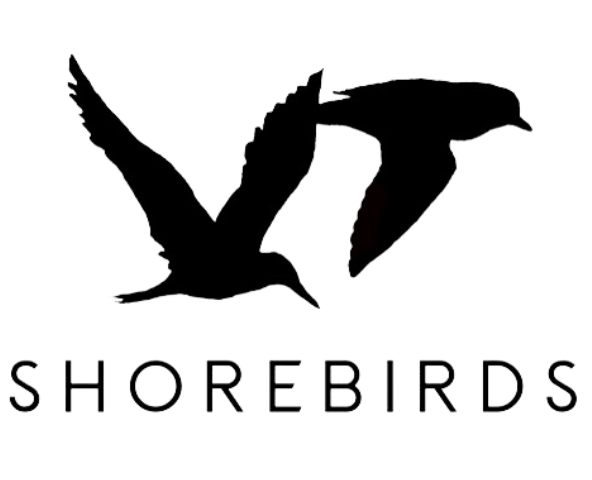Seabirds in a changing world
Tracking the effects of habitat loss
A proposal to expand the capacity of the I-64 Hampton Roads Bridge-Tunnel (HRBT) to ease congestion, including the addition of another bridge and tunnel, received federal National Environmental Policy Act (NEPA) approval from the Federal Highway Administration (FHWA) in June 2017 and was also approved by the Commonwealth Transportation Board in December 2016, set for construction in fiscal year 2019. The construction of the original two-lane HRBT in 1957 created artificial islands that serve as the entrance and exit points for the current bridge-tunnels.
By the late 1980’s, the southern island (South Island) of HRBT was colonized by multiple colonial nesting waterbird species, presumably because the island had suitable nesting substrate, relatively high elevation to minimize flooding threats, a nearby, plentiful food source, and low numbers of mammalian predators. Following local extirpations of waterbird colonies throughout the Chesapeake Bay andbarrier islands of Virginia, the area on the HRBT’s South Island became Virginia’slargest colony of nesting waterbirds, including a state-listed threatened species, the Gull-billed Tern. It is thought that the barrier islands and the Chesapeake Bay are likely less suitable for large successful breeding colonies due to increased mammalian predation, vegetation encroachment, and sea-level rise which has caused significant erosion.
The current location and size of the South Island nesting colony, however, has resulted in issues with motorists and birds, avian mortality, altered road and tunnel operations, traffic congestion, increased risk of traffic accidents, and potential risk to Virginia Department of Transportation (VDOT) employee safety. VDOT has cooperated with the Virginia Department of Game and Inland Fisheries (VDGIF) to implement numerous voluntary conservation measures to reduce human-bird conflict; however, many of these measures may not be effective or sustainable during or following the proposed expansion of the HRBT nor under current non-construction operation scenario, which includes paving the South Island nesting habitat.
To track movements and the potential extirpation of colonial waterbirds related to tunnel construction and the paving of South Island nesting habitat, we uniquely marked a proportion of the focal species (adults and chicks) during the 2018 and 2019 breeding seasons. We also attached GPS transmitters to a subset of Common Terns to get information on local movements and foraging locations. These data will be used to inform potential mitigation, assess the success of any mitigation attempts, and monitor the long-term effects of the bridge-tunnel expansion on Virginia’s largest waterbird colony.
Gull-billed tern Gelochelidon nilotica
Though wide-spread across the globe, the gull-billed tern is listed as endangered by the Commonwealth of Virginia and is one of the key species we are tracking to understand the effects of the loss of the HRBT colony.
Tracking common terns to aid in negotiations for a potential mitigation site for terns nesting on HRBT, we teamed up with Sara Maxwell (University of Washington) to place GPS tags on nesting common terns at the site. These tracks were used to propose potential sites for new island construction and to study common tern behavior. In 2019, we plan to continue these efforts, adding gull-billed terns and black skimmers to the species we will track.


